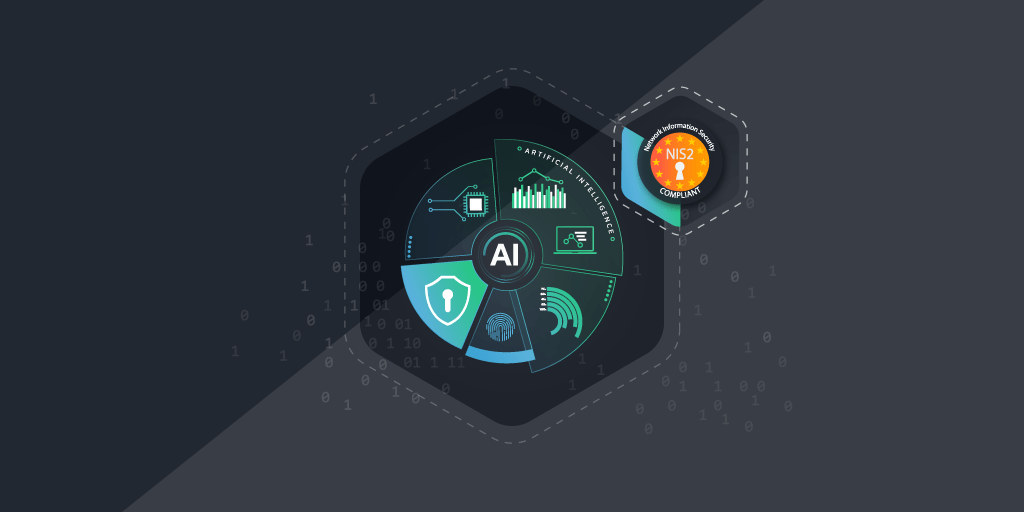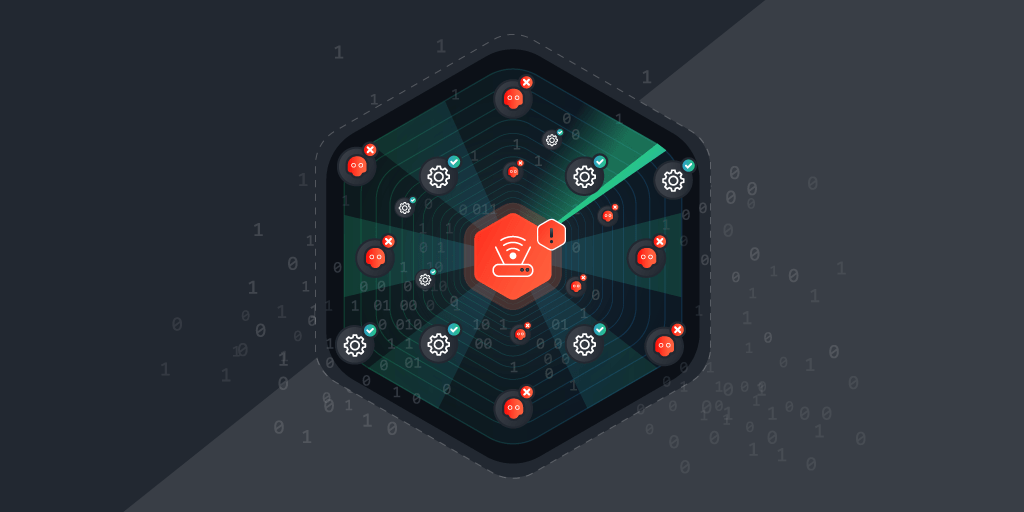
The EU’s new NIS2 Directive for the most part emphasises the importance of well-known and long-established cybersecurity practices. In preamble 51 however, it also encourages member states to look at innovative technologies emerging in the field, like artificial intelligence. In this blog, we explore the role of technological innovation and artificial intelligence in particular in the future of cybersecurity.
What Does Preamble 51 Say?
There is a lot of information to comb through in the NIS2 Directive. For preamble 51 most of it is summed up in the first sentence:
Member States should encourage the use of any innovative technology, including artificial intelligence, the use of which could improve the detection and prevention of cyberattacks, enabling resources to be diverted towards cyberattacks more effectively. – NIS2 Directive, Preamble 51
It goes on to specify that member states should encourage research and development into these technologies. It lays particular emphasis on technologies relating to automated or semi-automated tools. They should also encourage “the sharing of data needed for training users of such technology and for improving it.” This sharing of data is especially important to the development of AI tools, which rely on massive amounts of data to train their algorithms.
However, the use of these technologies, including AI, should comply with the Union’s data protection law. Any use of data should adhere to the data protection principles of data accuracy, data minimization, fairness and transparency, and data security, such as state-of-the-art encryption.
Artificial Intelligence and Cybersecurity
AI is undeniably the next leap forward in business innovation, and cybersecurity is no exception. It is revolutionizing the way we think about our cybersecurity. AI is faster than any human at analyzing, detecting, monitoring, and responding to cyber threats. It can comb through massive data sets to detect the patterns that indicate a threat or a weakness in your cyber defenses in record time. Thanks to advances in machine learning, AI adapts to evolving threats in real time.
AI-powered cybersecurity tools provide amazing support to security teams. They can be used to track behavior patterns, automate processes, and quickly detect anomalies. This significantly reduces the amount of manual work for the team and eliminates the risk of human error.
- Threat Detection and Prevention: Machine learning algorithms analyze network traffic, user behavior, and system logs to identify anomalous activities indicative of potential threats. This way AI-powered threat detection solutions can detect and prevent cyber threats such as malware, phishing attacks, ransomware, and zero-day exploits.
- Anomaly Detection: Similar but slightly different, AI can establish baseline behavior for networks, endpoints, and users, and then identify deviations that could indicate malicious activity. This approach helps in detecting insider threats, compromised accounts, and unauthorized access attempts.
- Predictive Analysis: By analyzing historical cyber attack data, AI can predict potential future threats. By understanding emerging attack trends, you can proactively strengthen your defenses to mitigate risks.
- Behavioral Analysis: AI systems can be used to monitor user behavior within networks and systems to identify unusual actions that may indicate a security breach. This includes analyzing user access patterns, file interactions, and application usage to detect suspicious activities.
- Vulnerability Management: On a deeper level, AI-driven tools can be used to scan and analyze software code to identify vulnerabilities and potential security flaws. These tools help developers prioritize and remediate vulnerabilities before they can be exploited by attackers.
- Automated Incident Response: AI-powered incident response systems can rapidly detect and respond to security incidents. This reduces response time significantly which in turn helps to minimize the impact of breaches. These systems can automatically contain threats, isolate affected systems, and initiate remediation actions based on predefined playbooks.
By entrusting these processes to AI tools, basic cybersecurity tasks can be automated and sped up significantly. This results in shorter response time, less chance of human error, and more data to inform proactive security measures.
The Place of AI in Your Cybersecurity Team
While AI can take a lot of tasks out of human hands, these are mostly data-centric tasks. It cannot replace your cybersecurity team entirely. Drawing logical conclusions from the provided data isn’t always enough. When faced with complex challenges and real-world situations, there will always be a need for creative problem-solving.
Additionally, AI is currently still in its early days. Human intervention remains essential in order to train your AI, manage the input it uses, or step in if it makes mistakes. Since algorithms and machine learning learn from historical data it can make mistakes when faced with new, unknown threats that don’t match the existing patterns.
AI finds its place on the team in data-driven analysis. AI’s greatest strength is after all its ability to process massive amounts of data and draw conclusions from it, recognizing patterns, and creating insights from it. For IT professionals, these tasks would otherwise take days or weeks of careful manual analysis. In short, the main benefits can summed up as:
- Quickly analyzing large amounts of data.
- Detecting patterns and anomalies
- Automating time-consuming, repetitive tasks.
AI-driven cybersecurity tools won’t replace traditional security teams, but they can certainly complement them. Traditional threat detection and response tools are very effective in a reactive approach, responding to known cyber threats and vulnerabilities. On the other hand, AI’s pattern-based approach opens the door for more proactive measures.
Integrate Lansweeper in Your Technology Ecosystem
Preamble 51, and by extension this blog, focuses on the importance of AI in emerging cybersecurity trends. However, there are of course other technological innovations emerging or on the horizon. As the landscape of cybersecurity technology evolves, Lansweeper strives to fuel any emerging technologies with complete and accurate asset data.
Using out-of-the-box integrations or custom-built applications you can leverage Lansweeper’s detailed IT asset data in your technology stack to support a wide range of IT scenarios. While Lansweeper continues to focus on bringing you unparalleled IT insights, we keep our eyes on the horizon for the next great innovations, so our data can continue to fuel the future of your IT estate.
Navigating NIS2 with Lansweeper
Learn how to prepare and navigate the complex terrain of NIS2 compliance.
GET STARTED

